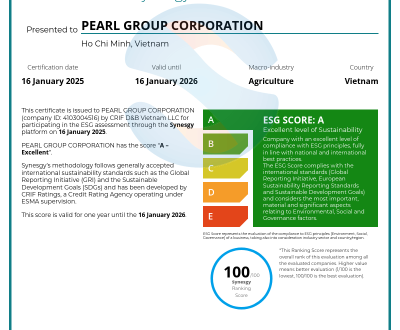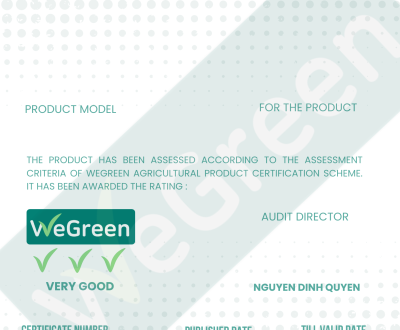Tài Chính Xanh Cho Việt Nam
Thật tuyệt vời khi được giới thiệu với các nhà đầu tư châu Á về tài chính xanh và thu hút họ đầu tư vào Việt Nam.

Thị trường tài chính xanh ở Việt Nam đã hình thành và phát triển trên ba hợp phần: thị trường tín dụng xanh, thị trường chứng khoán xanh và thị trường trái phiếu xanh.
Đã đạt được tiến bộ đáng kể trong việc phát triển các trung gian tài chính xanh và ngân hàng xanh, đặc biệt với việc ban hành Dự án Phát triển Ngân hàng Xanh tại Việt Nam (Dự án 1604).

19 tổ chức tín dụng đã xây dựng chiến lược quản lý rủi ro xã hội và môi trường. Trong đó, 13 tổ chức đã tích hợp quản lý rủi ro xã hội và môi trường vào hoạt động tín dụng xanh của mình và 10 tổ chức đã tạo ra các sản phẩm tín dụng ngân hàng cho tín dụng xanh. 17 tổ chức đã sử dụng sổ tay đánh giá rủi ro môi trường và xã hội cho 10 ngành kinh tế.

Tuy nhiên, hệ thống pháp luật về tài chính xanh của Việt Nam chưa hoàn thiện và chưa đồng bộ. Các quy định cụ thể về tổ chức, vận hành thị trường vẫn đang được nghiên cứu, chưa ban hành. Ví dụ, chính sách về trái phiếu xanh mới vẫn đang ở mức thử nghiệm.

Đối với cổ phiếu xanh, chưa có khung chính sách phát triển thị trường cũng như các quy định về sản phẩm (thông số kỹ thuật, điều kiện phát hành…); thị trường vẫn đang trong giai đoạn sáng tạo.
Hơn nữa, hệ thống thông tin, nhận thức, hiểu biết về cổ phiếu xanh, trái phiếu xanh còn nhiều hạn chế.
Đến nay, Việt Nam chưa có dòng ngân sách riêng cho ứng phó với biến đổi khí hậu; nó được trộn lẫn với ngân sách môi trường.

Trong triển khai tín dụng xanh, những thách thức hiện nay bao gồm nhu cầu vốn lớn, thời gian đầu tư dài, hiệu quả tài chính thấp và rủi ro cố hữu của các dự án đầu tư xanh. Những yếu tố này dẫn đến khó khăn trong việc lựa chọn, thẩm định, đánh giá và giám sát hoạt động tín dụng xanh.
Vì vậy, phát triển tài chính xanh ở Việt Nam là hướng đi cần thiết và đúng đắn để thực hiện chiến lược tăng trưởng xanh. Tuy nhiên, giống như các nước đang phát triển khác, lộ trình này gặp nhiều thách thức, bao gồm: i) nhận thức còn hạn chế về tài chính xanh; ii) chính sách, pháp luật còn thiếu hoặc chưa hỗ trợ hiệu quả cho việc phát triển tài chính xanh; iii) khan hiếm các sản phẩm tài chính xanh; và iv) nguồn tài chính hạn chế để hỗ trợ các dự án và sản phẩm xanh.

ESG Education & Business và ESG & Sustainability Alliance sẽ cố gắng hết sức để tham gia vào con đường thử thách này.
It is great to present to the Asian investor about the green finance and attract them to invest into Vietnam.
The green financial market in Vietnam has established its foundation and developed across three components: the green credit market, the green stock market, and the green bond market.
Significant progress has been made in the development of green financial intermediaries and green banks, particularly with the promulgation of the Green Bank Development Project in Vietnam (Project 1604).
Nineteen credit institutions have developed social and environmental risk management strategies. Of these, 13 organizations have integrated social and environmental risk management into their green credit operations, and 10 organizations have created bank credit products for green credit. Seventeen organizations have used social and environmental risk assessment manuals for 10 economic sectors.
However, Vietnam’s legal system on green finance is not yet complete or synchronized. Specific regulations on market implementation and operation are still under research and have not been issued. For example, the policy for new green bonds is still at a testing level.
For green stocks, there is no policy framework for market development nor regulations on products (specifications, issuance conditions, etc.); the market is still in the creation stage.
Furthermore, the information system, awareness, and understanding of green stocks and green bonds have many limitations.
To date, Vietnam does not have a separate budget line for responding to climate change; it is mixed with the environmental budget.
In implementing green credit, the current challenges include the need for large amounts of capital, long investment periods, low financial efficiency, and the inherent risks of green investment projects. These factors lead to difficulties in selecting, appraising, evaluating, and monitoring green credit activities.
Thus, developing green finance in Vietnam is a necessary and correct direction for implementing the green growth strategy. However, like other developing countries, this roadmap faces many challenges, including: i) limited awareness of green finance; ii) policies and laws that are lacking or do not effectively support the development of green finance; iii) a scarcity of green financial products; and iv) limited financial resources to support green projects and products.
ESG Education & Business and ESG & Sustainability Alliance will try our best to participate into this challenge pathway.
WHERE WE CAN HELP YOU
Consultancy Industries
We offer a variety of business and management consulting services that support your needs today while continuing to meet your needs in the future. We offer a suite of solutions to support your growth plan and the optimization of your organization as a whole.
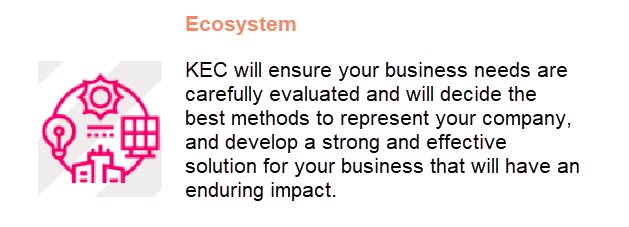
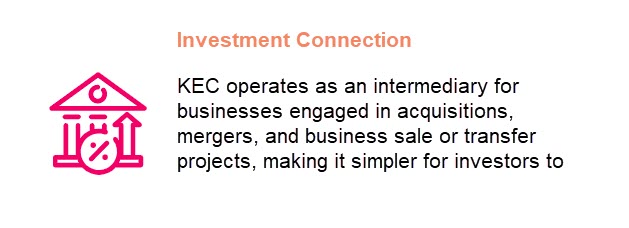

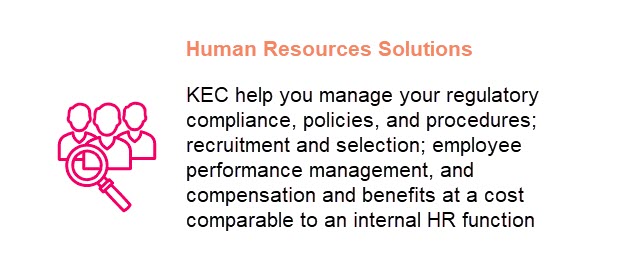
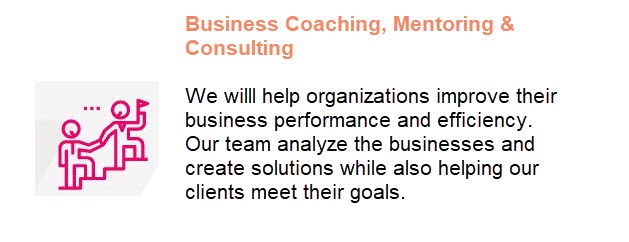

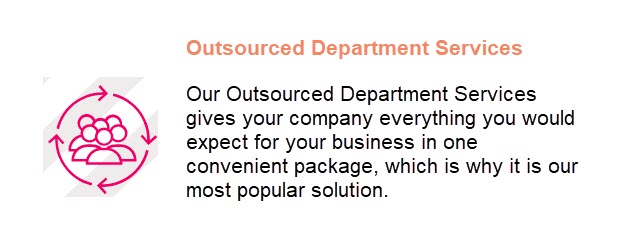
 XÂY DỰNG TƯƠNG LAI BỀN VỮNG VỚI CHỨNG NHẬN #ESG MANAGER…
XÂY DỰNG TƯƠNG LAI BỀN VỮNG VỚI CHỨNG NHẬN #ESG MANAGER… 



